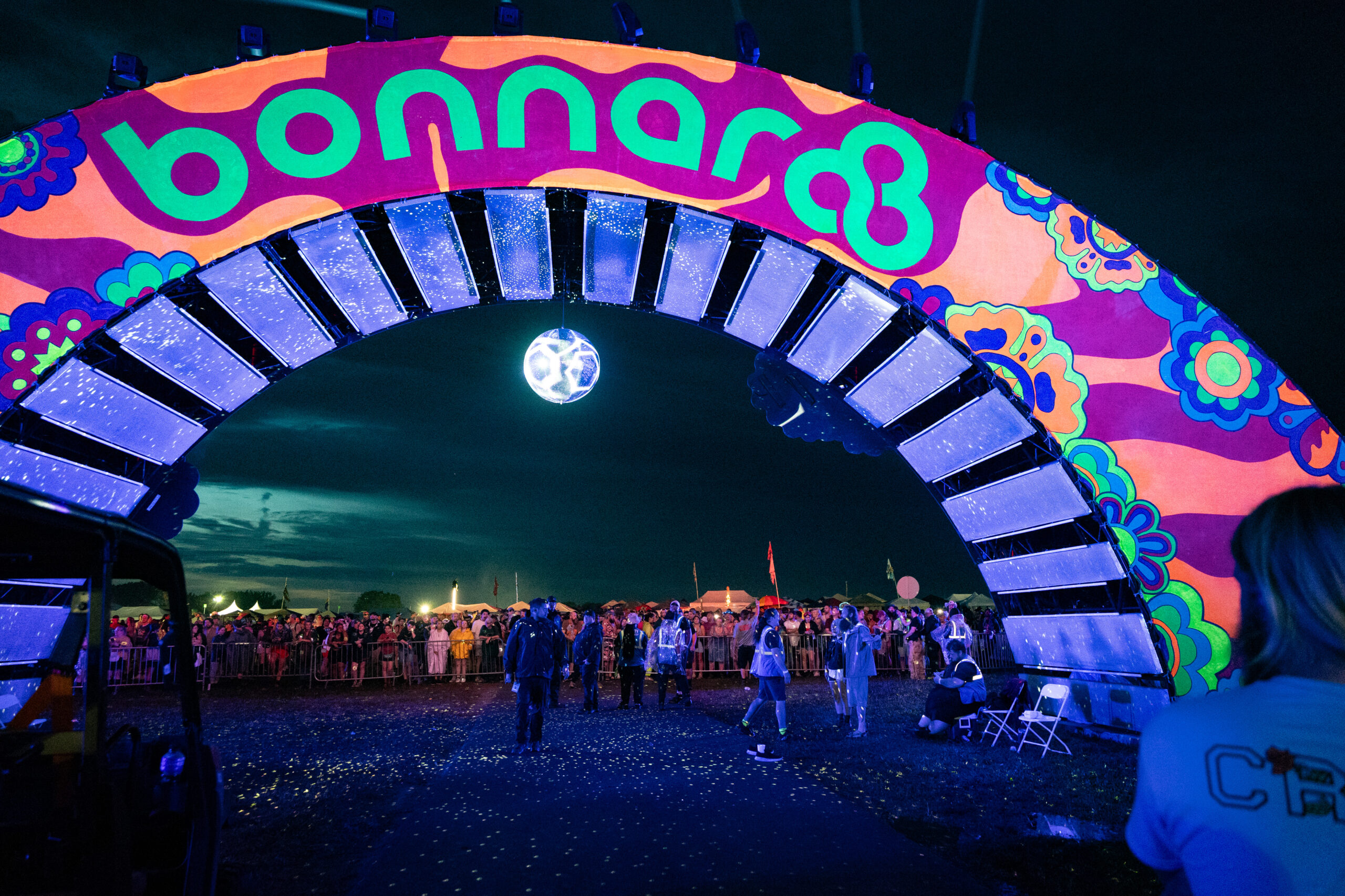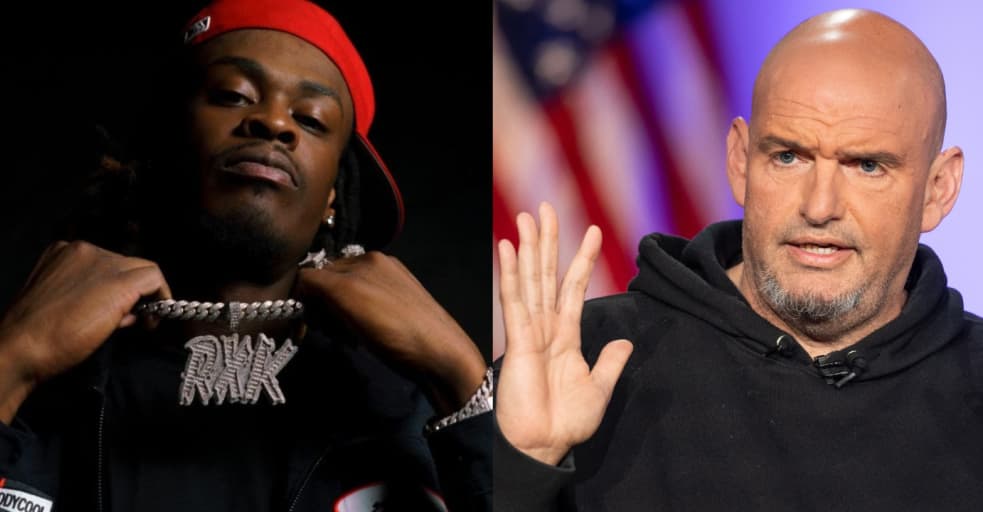The FIFA World Cup, Gold Cup, and Club World Cup: What’s the Difference?
What to know about the four major tournaments in professional soccer
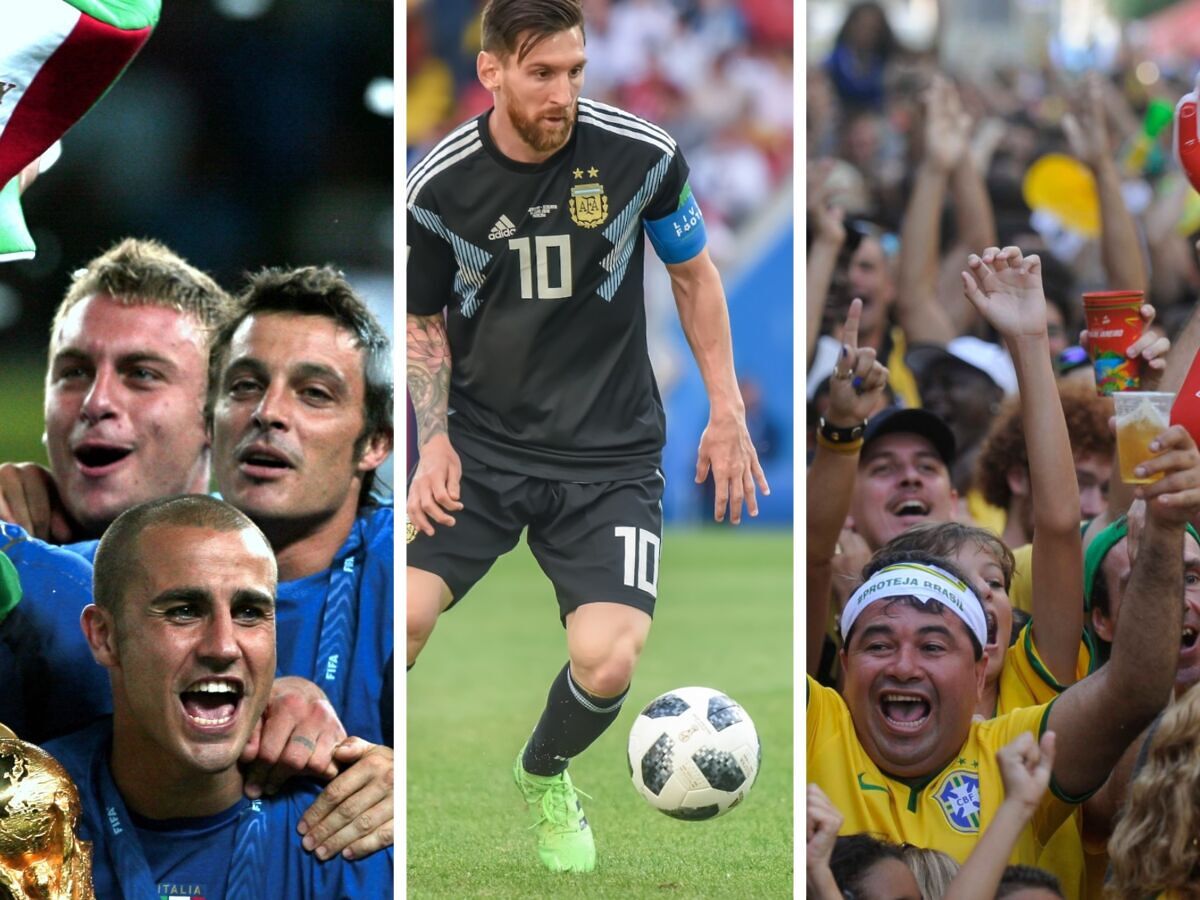
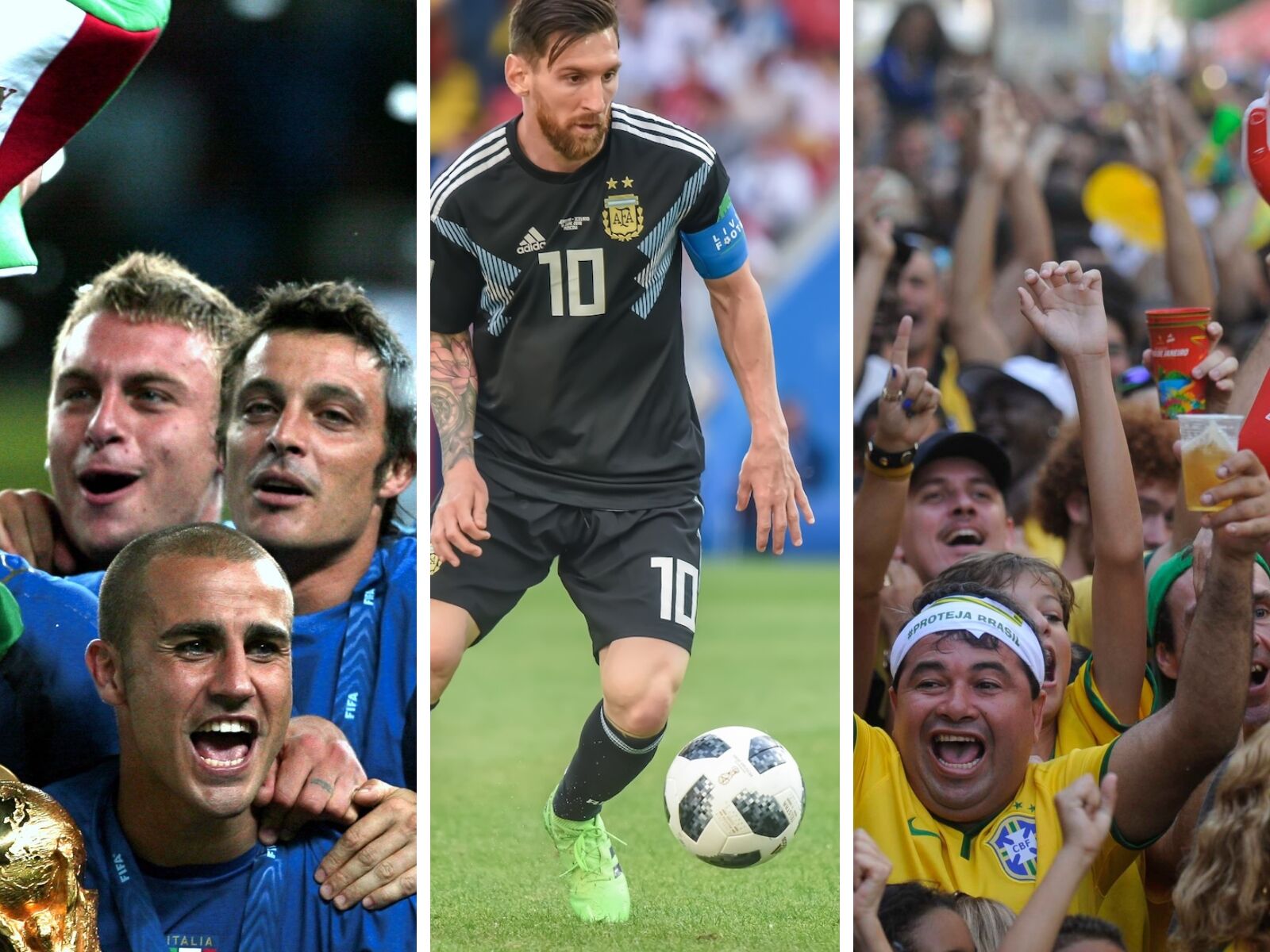
Even though it’s more than a year away, the FIFA World Cup is already the talk of the sports world. But if you’ve started researching travel for that trip, you’ve probably started to realize it’s not the only soccer event that matters. In fact, a handful of the cities hosting the 2026 World Cup are getting in a practice run this year by hosting the 2025 Club World Cup. And then there’s the FIFA Gold Cup (one of the biggest competitions in North America), not to mention the Women’s World Cup, which will likely dominate headlines in 2027.
Here’s a quick rundown of the World Cup vs. Club World Cup vs. Gold Cup, plus what you should know about why they matter.
What is the FIFA Gold Cup?
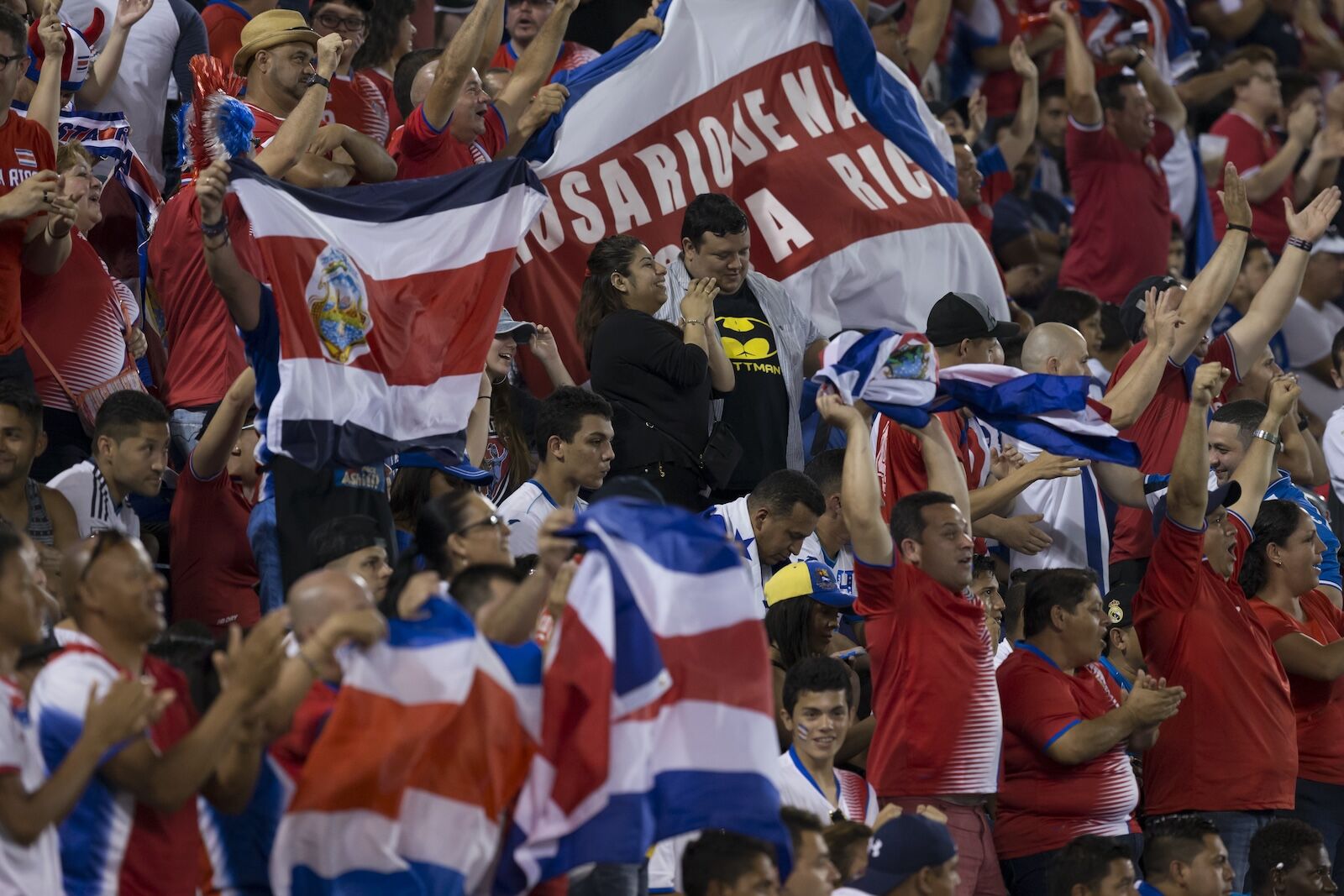
Fans of Costa Rica National team and Honduras National team at the CONCACAF Gold Cup group stage in NJ. Photo: lev radin/Shutterstock
The Gold Cup is the premier competition for national teams of countries in North America, Central America, and the Caribbean, organized by CONCACAF. The first tournament was in 1991 and replaced earlier regional (and unaffiliated) tournaments. Before the Gold Cup, Central American and Caribbean nations competed in the CCCF (Confederación Centroamericana y del Caribe de Fútbol) Championship, usually dominated by Costa Rica and held from 1941 to 1961. The NAFC (North American Football Confederation) Championship was for North American teams like Mexico, the US, Canada, and Cuba, with Mexico the most frequent winner. In 1961, they merged to form CONCACAF and started the CONCACAF Championship, which ran between 1963 and 1989. In 1991, it was replaced by the Gold Cup. Teams are national teams — for example, Team USA or Team Mexico — not football clubs.
A team’s performance in the Gold Cup can influence FIFA rankings, which may affect seeding in World Cup qualifiers, but there’s not a direct connection between winning the Gold Cup and winning the World Cup. The tournament is usually held in the US, since the country has both significant soccer infrastructure and fans of all teams from across the world. But there are exceptions. In 1993 and 2003, Mexico and the US co-hosted matches (sort of like how the 2026 World Cup will work). In 2025, the Gold Cup runs from June 15 to July 13, coinciding with the Club World Cup in the United States.
Tickets for the FIFA Gold Cup are available online and range from $33 or so for high-rise seats at group qualifying games to nearly $900 a pop for “platinum” seating in the front at the finals. Matches are being held in Arlington, Austin, and Houston, Texas; Carson, Inglewood, San Diego, San Jose, and Santa Clara, California; St. Louis, Missouri; Las Vegas, Nevada; Minneapolis, Minnesota; Phoenix, Arizona; and Vancouver, Canada.
What is the FIFA Club World Cup?
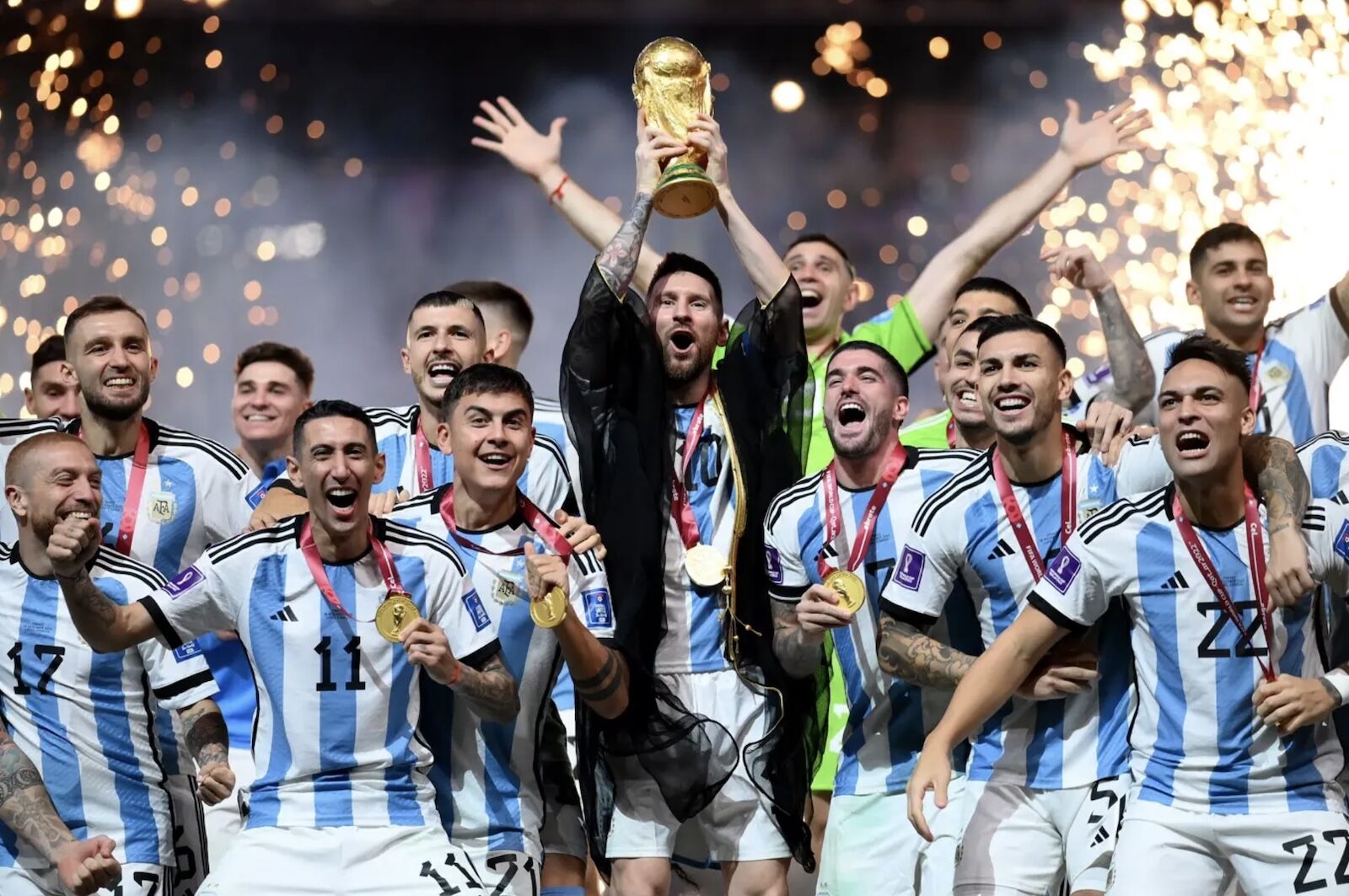
Photo: FIFA Club World Cup
The FIFA Club World Cup is FIFA’s top global tournament for men’s club teams, organized by FIFA. It first took place in Brazil in 2000, then returned in 2005 on an annual basis. It replaced a series of informal and more local competitions, such as the Intercontinental Cup (1960–2004), in which European and South American champs vied for the top honors.
Unlike the Gold Cup, the Club World Cup is strictly for clubs, not national teams, so it has no impact on World Cup qualification or FIFA rankings for countries. Participation is determined by winning a championship like the UEFA Champions League in Europe or CONCACAF Champions Cup in North America (not the Gold Cup). The locale rotates between host countries, with Morocco, Japan, and the UAE hosting recent competitions.
Tickets for the 2025 FIFA Club World Cup are available online with prices varying by stage and stadium, starting around $40 for group matches and reaching several hundred dollars for primo seats at the final. Host cities in 2025 include Atlanta, Georgia; Charlotte, North Carolina; Cincinnati, Ohio; Los Angeles, California; East Rutherford, New Jersey (near NYC); Miami and Orlando, Florida; Nashville, Tennessee; Philadelphia, Pennsylvania; Washington, DC; and Seattle, Washington. Five of those cities (NY/NJ, Miami, Seattle, Philadelphia, and Los Angeles) are also set to host FIFA World Cup matches in 2026.
What is the FIFA World Cup?

Photo: ph.FAB/Shutterstock
The FIFA World Cup is the world’s most prestigious international soccer tournament, considered the world’s biggest professional soccer competition. It’s similar to the Club World Cup, but it’s fielded by national teams, not club teams, meaning you could have players from clubs around the world playing on the same team. For example, though Lionel Messi plays for Inter Miami FC, he’ll play on the Argentine World Cup team, not the US one.
The FIFA World Cup was first held in Uruguay in 1930 as an alternative to soccer competitions in the Olympics, which were the only global soccer matches at the time. Only 13 teams played in that first tournament, in which Uruguay defeated Argentina in the final. Over the decades, the World Cup has grown in size and stature, weathering interruptions caused by World War II and expanding from 16 teams to 24, then 32 in 1998, and now, 48 teams in the 2026 World Cup.
Host nations always get a default entry into the games, so in 2026, the US, Mexico, and Canada will each be fielding a team. As of June 2025, several other national teams have also qualified. Japan, Iran, South Korea, Uzbekistan, Jordan, and Australia all earned a spot by winning Asian Football Confederation (AFC) tournaments and matches. New Zealand also qualified through the Oceania Football Confederation, and from South America, Argentina, Brazil, and Ecuador are definitely in. No teams from Africa or Europe have qualified yet, since those tournaments won’t conclude until later in 2025.
Tickets for the 2026 tournament will be available online, with prices expected to range from $15 for group matches to nearly $1,000 for premium seats at the semifinals and final. Fans can register their interest for city-specific tickets at the official FIFA World Cup website.
What about the women?
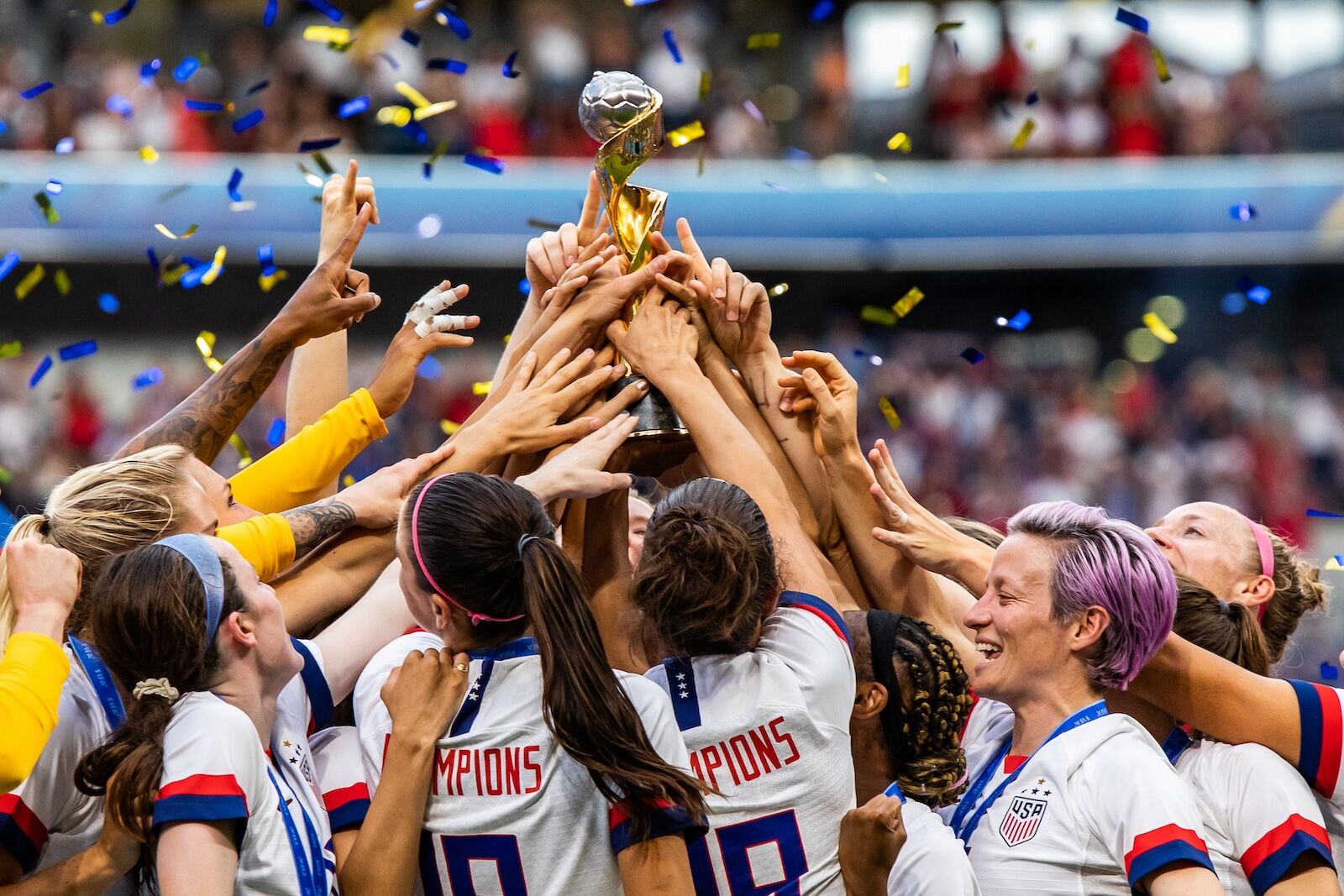
Photo: Mikolaj Barbanell/Shutterstock
As with many pro sports, media attention usually falls on the men’s versions — but it shouldn’t, especially when it comes to soccer. Fortunately, FIFA is a leader in changing that dynamic, and the FIFA Women’s World Cup takes place the year after the men’s World Cup, ensuring it doesn’t compete for media attention.
The FIFA Women’s World Cup is the top international tournament for women’s national soccer teams, organized by FIFA and held every four years. Following decades of lobbying, as well as the growing popularity of women’s soccer in the Olympics, the first event took place in 1991 in China. Since then, the tournament has significantly grown with 32 teams competing in 2023. The format is similar to the men’s World Cup, with a group stage followed by knockout rounds, then a final that crowns the world champion. The United States has won the most titles (four), though Germany, Norway, Japan, and Spain have also claimed victories.
The next Women’s World Cup is happening in 2027. It will be held for the first time ever in South America, with Brazil playing host. ![]()



























![“[You] Build a Movie Like You Build a Fire”: Lost Highway DP Peter Deming on Restorations, Lighting and Working with David Lynch](https://filmmakermagazine.com/wp-content/uploads/2025/03/1152_image_03-628x348.jpg)






























































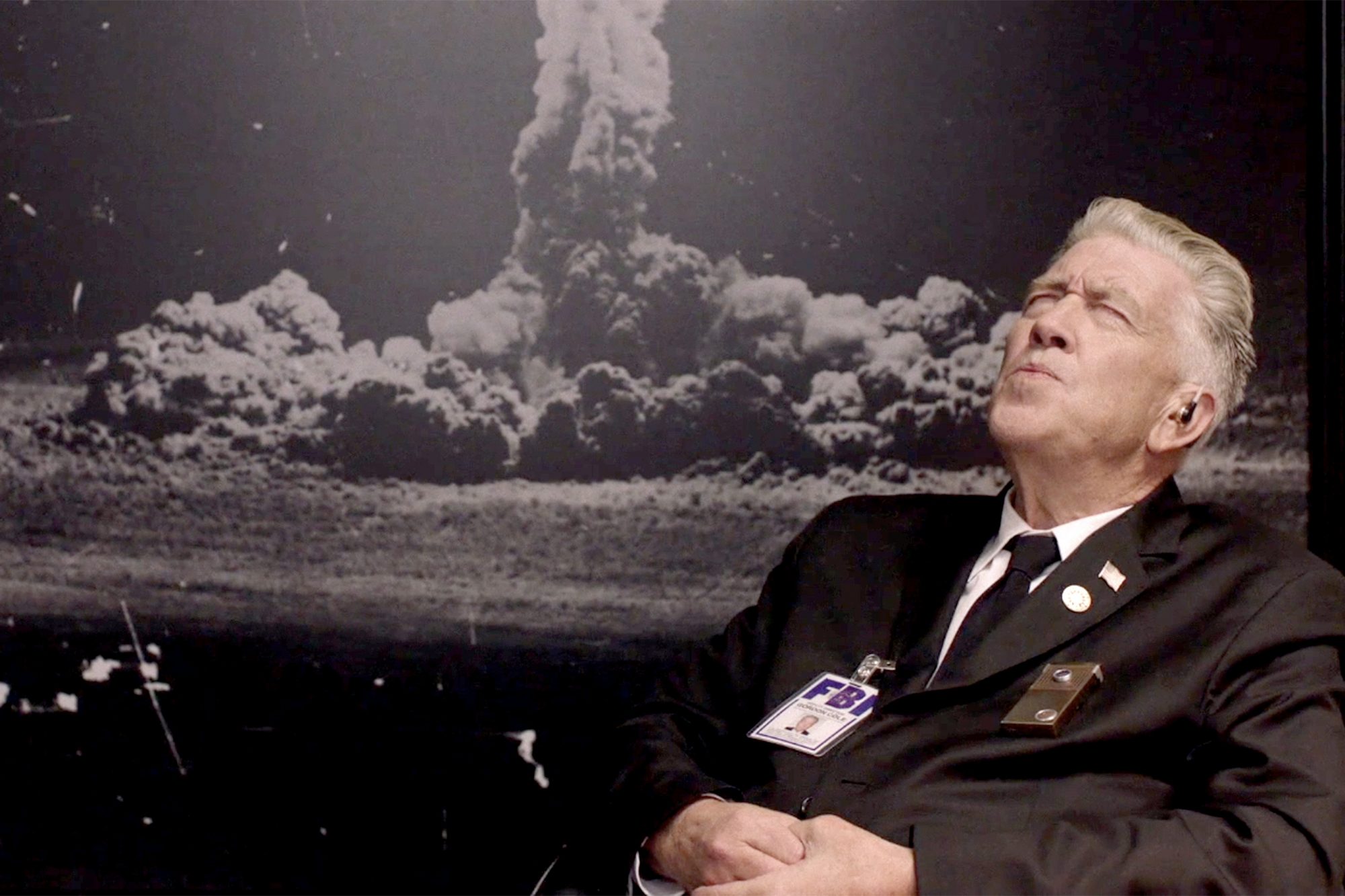






![Dan Gilroy Talks ‘Andor,’ Tyranny, Writing Mon Mothma’s Fiery Speeches, Bix’s Great Sacrifice & More [The Rogue Ones Podcast]](https://cdn.theplaylist.net/wp-content/uploads/2025/06/13114943/Dan-Gilroy-Andor-Interview.jpg)







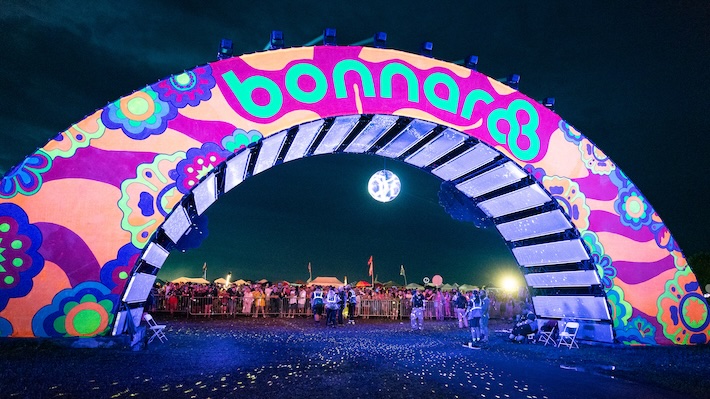




![Ice Cube Says TSA Took His iPad—It’s Back Now, But He’s Not Letting It Go [Roundup]](https://viewfromthewing.com/wp-content/uploads/2025/06/ChatGPT-Image-Jun-14-2025-06_37_14-AM.jpg?#)













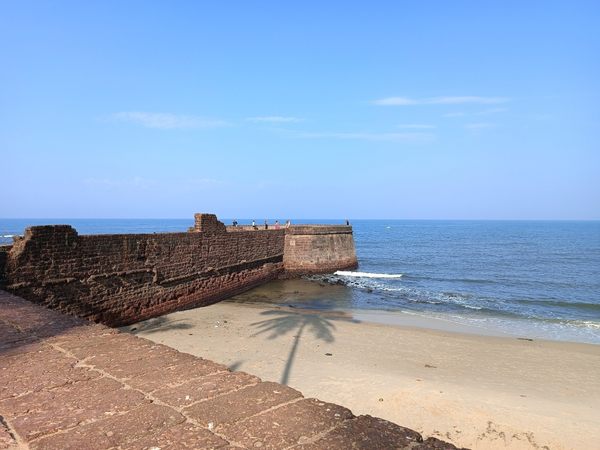
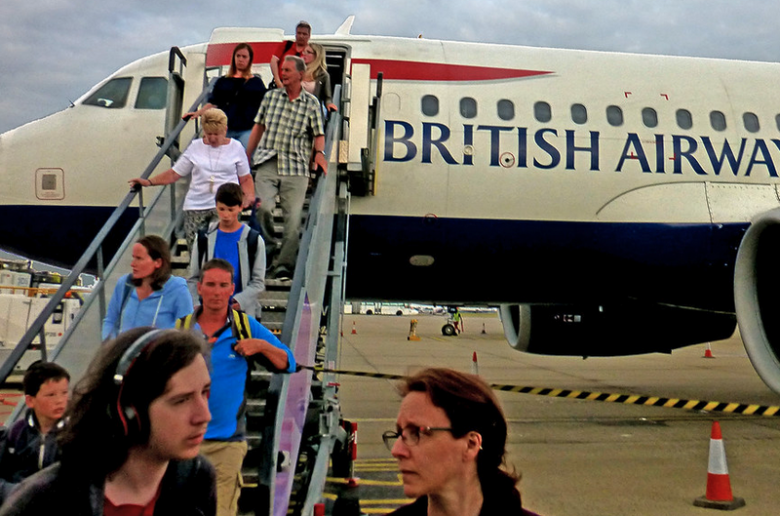
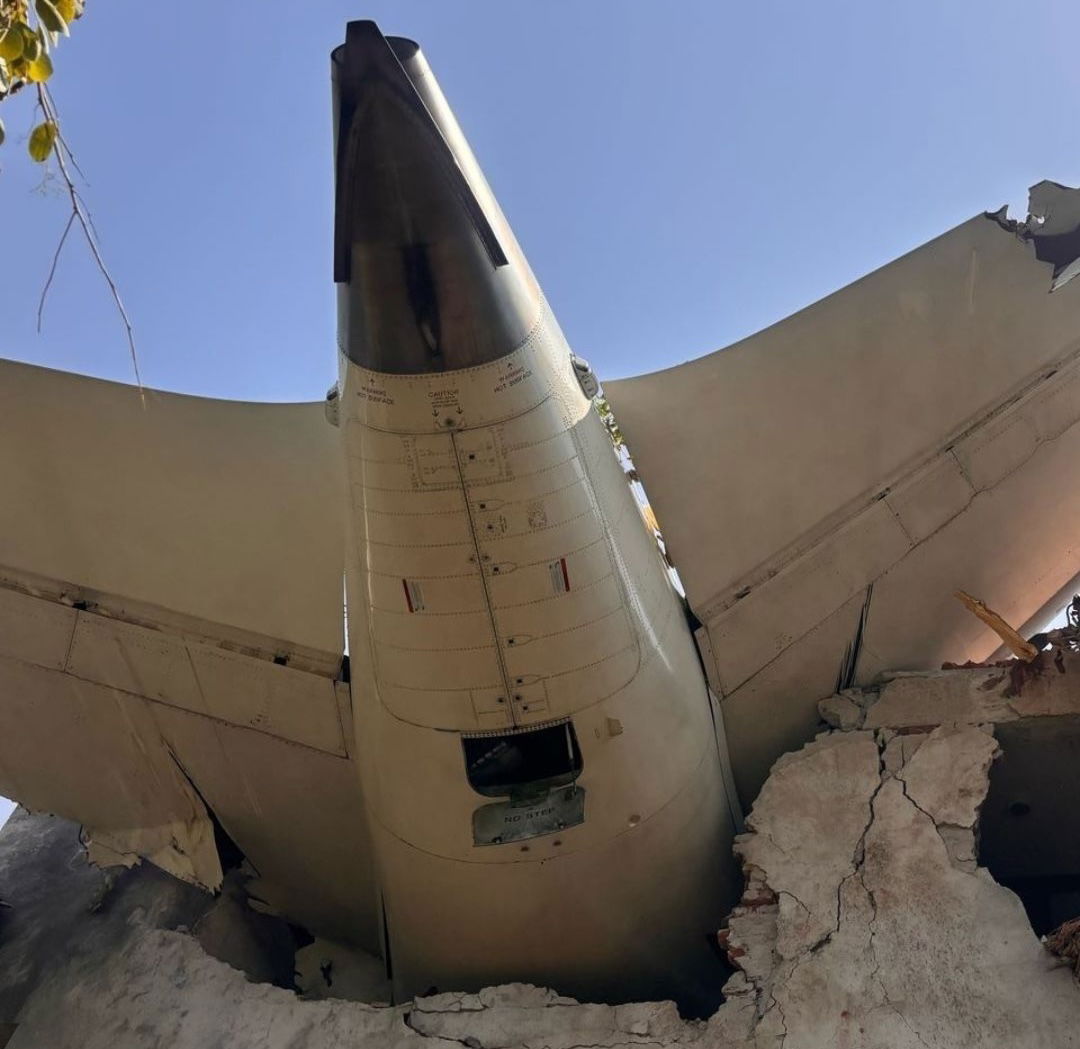






![Juicy rumors, but how far will cardholders be squeezed? [Week in Review]](https://frequentmiler.com/wp-content/uploads/2025/06/Juicy-rumors.jpg?#)






















































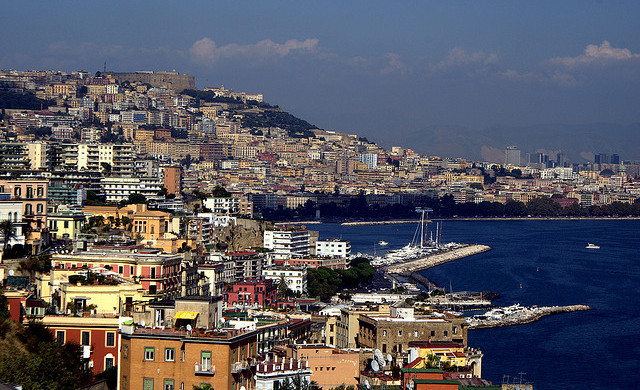

































































































.jpg?width=1920&height=1920&fit=bounds&quality=70&format=jpg&auto=webp#)



















































































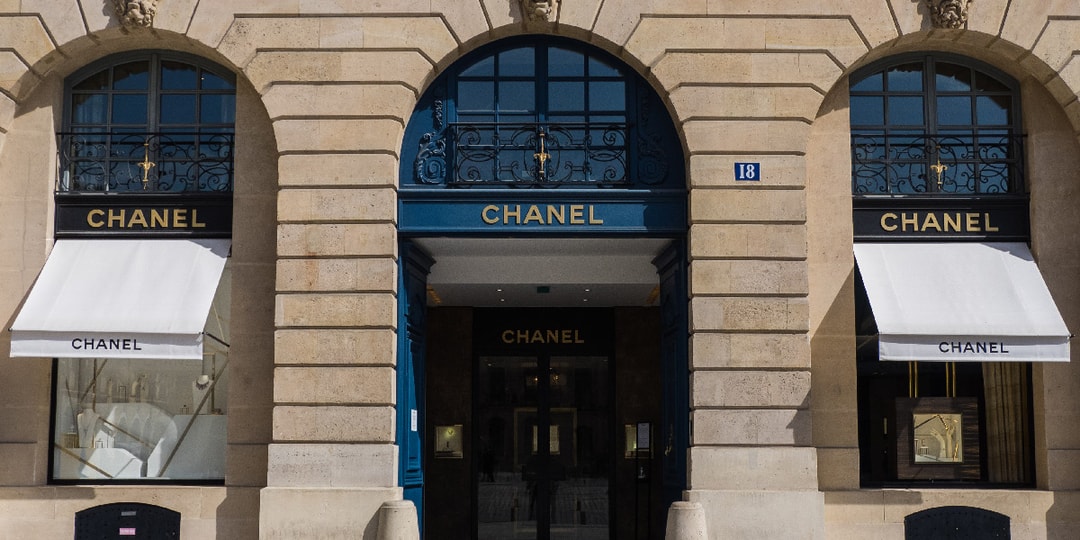

![[Podcast] Problem Framing: Rewire How You Think, Create, and Lead with Rory Sutherland](https://justcreative.com/wp-content/uploads/2025/06/rort-sutherland-35.png)



























































